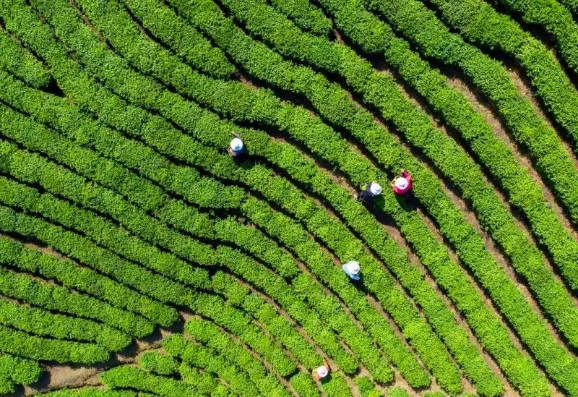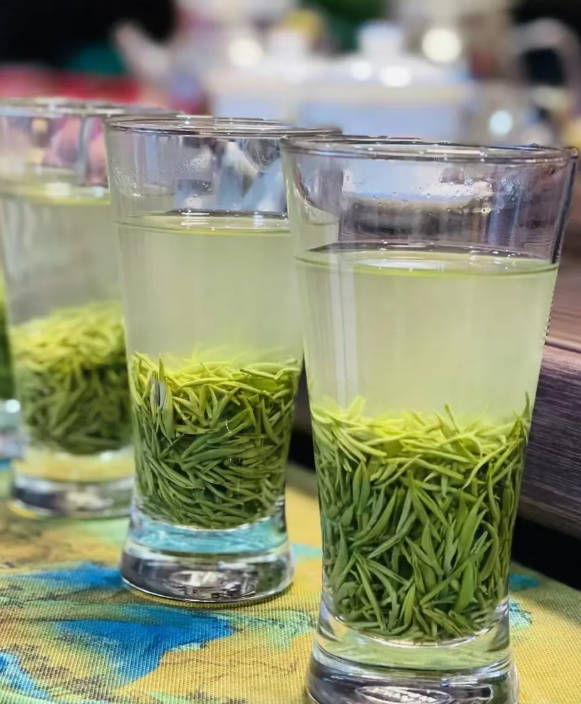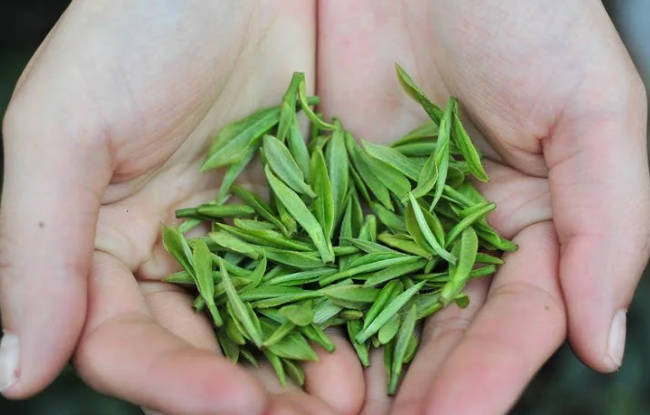How to Make Tea Last Longer: 4 Pro Brewing Tips
Many tea lovers will ask when buying tea, “Is this tea resistant to steeping? Don’t brew it twice and it has no flavor.” So, Xinyang Mao Jian’s resistance to steeping in the end and what is related to it? There are mainly the following four factors.

1. Planting environment: high mountain tea is more resistant to brewing.
Xinyang Mao Jian’s brewing resistance is closely related to the growing environment. Generally speaking:
- High mountain tea (Dashan tea) is more resistant than small mountain tea or flat tea.
- Because of the high altitude, low temperature and cloud, the tea grows slowly and accumulates more nutrients, so it is more resistant to brewing.
2. Picking standards: Tenderness affects brewing resistance
Xinyang Mao Jian picking standards are different, the degree of resistance is also different:
- Single bud head (the most tender) → low resistance to bubbling
- One bud and one leaf → medium resistance
- One bud and two leaves → most resistant
Reason:
- Young buds (single bud) have high amino acid content, less tea polyphenols, fresh flavor but not resistant to brewing.
- Older leaves (one bud and two leaves) have higher polyphenol content and higher brewing resistance.

3. Brewing Method: The Key to Brewing Resistance
The correct brewing method can make Xinyang Mao Jian more resistant to brewing:
- Tea quantity: 3 grams of tea with 150 ml of water (1:50 ratio).
- Water temperature: around 85℃ (lower water temperature is more resistant to steeping).
- Steeping time: about 3 minutes (shorter time is not resistant to steeping).
Adjustment tips:
- If you want to make it more resistant to steeping, reduce the amount of tea, lower the water temperature and extend the steeping time.
- If you want to get the flavor quickly→ Increase the amount of tea, increase the water temperature and shorten the steeping time.

4. Tea-making process: the degree of kneading affects the brewing resistance.
The production process also affects the brewing resistance of tea leaves:
- The degree of kneading is deep → the tea cells are broken, the flavor is released quickly, but it is not resistant to brewing.
- Light degree of kneading → the tea structure is complete, the flavor is released slowly, and it is more resistant to brewing.





